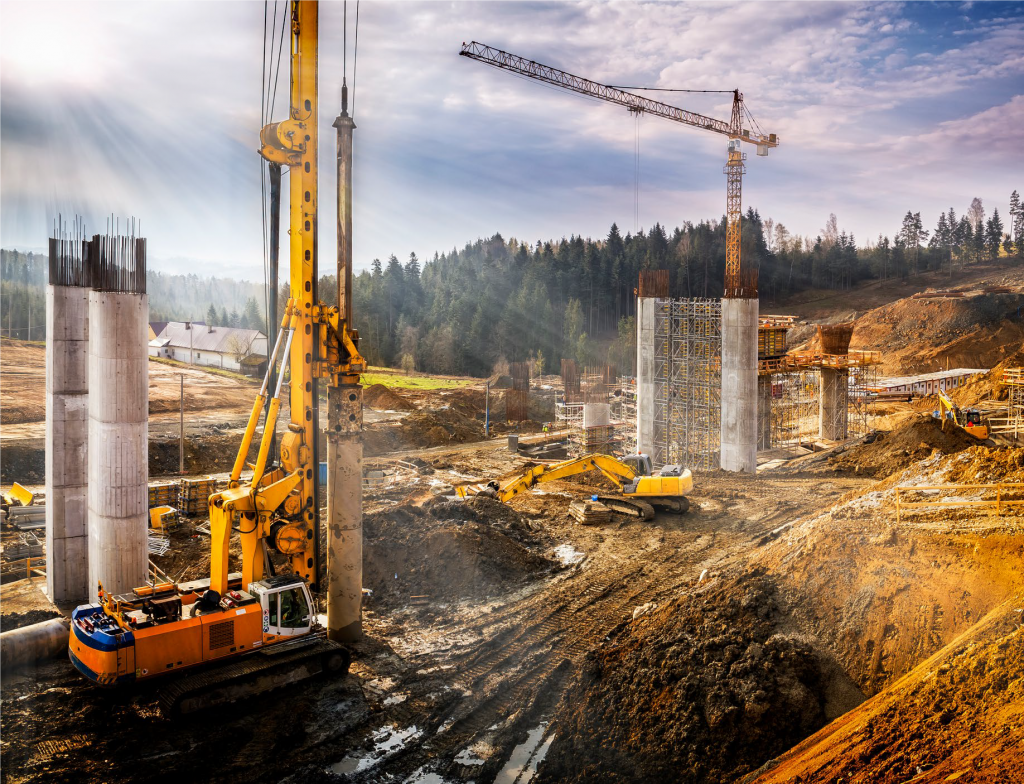In a turbulent 2020 infrastructure was an apparent safe haven, proving relatively resilient. However, the unprecedented shock to the asset class across all industry sectors and geographies at the same time, in a short period of time, has provided food for thought on several issues.
First, infrastructure is critical to a
well-functioning economy and society,
but not all infrastructure assets are
created equal. For example, demandbased
transportation assets such
as airports and toll-roads were
hit the worst. Renewable energy
fared well, despite a 5% annual
drop in energy demand,1 whereas
renewables outside the electricity
sector such as biofuels, as well as
conventional energy, suffered more
from the impacts of the Covid-19
crisis. Contracted and regulated
assets benefited from more stability,
while digital emerged as a clear
winner. The answer lies in the level of
sensitivity to economic cycles, not in
the label. This year reminded us that
true diversification is key to building
a defensive, resilient portfolio
in line with the well-established
infrastructure narrative.
Second, infrastructure continues to
attract significant investor interest.
If anything, the prospect of lower
interest rates for even longer
served to make assets that can
deliver resilient cashflows even
more attractive. Fund raising for the
first nine months of 2020 reached
US$78.5 billion, the second highest
rate for that period since 2015.2 Furthermore, sustainability as a
whole is in vogue, with public market
fund inflows totalling more than
€50 billion in 2020’s third quarter,
or 40% of all European fund flows.3
Third, despite the unprecedented
drop in economic activity and carbon
emissions, global warming is not
going away. The drive to accelerate
the pathway to a lower carbon future
gained renewed urgency. At the same
time the pandemic highlighted social
inequalities and fragilities in our
societies. The concept of business
needing a social license to operate
gathered momentum, fortifying
investor appetite for social investing.
European governments enshrined
infrastructure investment as a means
to stimulate the post-Covid economy
via significant green fiscal packages.

Fourth, uncertainty is here to stay.
The way we live, work, travel and
consume has changed and is likely
to have long-lasting impacts on what
and how infrastructure is delivered.
2020 showed that even within
infrastructure, transitions can happen
at warp speed. Digital infrastructure
is a perfect example: following
the mass migration to work and
study from home, demand for data
proliferated. This rapidly accelerated
a structural trend which has long
been coming, with communication
infrastructure becoming an integral
part of a well-functioning economy.
A survey by McKinsey4 estimates this
acceleration in the order of three to
four years is boosting the growth of
data centres, for example.
All of which makes us confident that
our long-term investment thesis
and strategy, which prioritise the
themes of technology, disruption and
sustainability, are well placed for the
rapid shift in the economic order.
SSo, where do we believe we can find
value in 2021 in core infrastructure?
The answer is in the huge amount
of investment needed to achieve
Europe’s goal of a sustainable
energy transition. The EU’s Green
Deal proposes to invest in excess
of €750 billion5 in support of this,
with initiatives focused on hydrogen,
heat and buildings, electric vehicle
charging, energy storage and
batteries. Much of the opportunity
in these sectors is naturally in the
mid market.
Many are new sectors, but
importantly we believe a significant
source of generating alpha is to
invest in transition assets – that is
to say “brown” assets which provide
essential social and economic
services, but which have clear and
ambitious aspirations to transition
to green. We are excited about the
years ahead. The powerful drive for a
green recovery can only strengthen
our investment thesis and result in
more opportunity.





